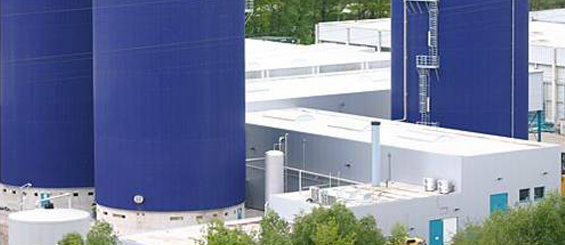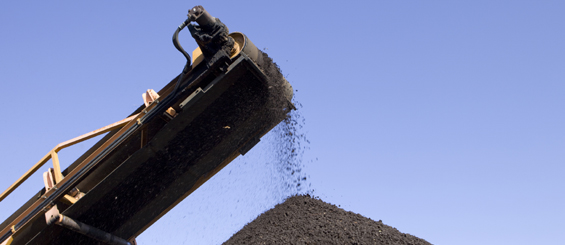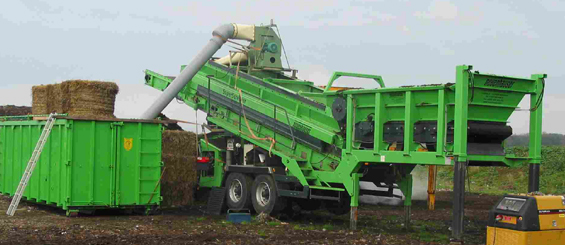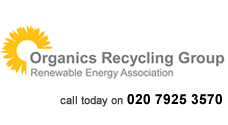Overall the AD sector in 2017 generated 217 million m3 of biogas, with significant growth in the industrial and farming sectors, which generated by far the largest volume of biogas, at 84 and 63 million m3 respectively - cumulatively, 68% of the total. These sectors have seen significant developments in terms of gas to grid projects, with 41% of total biogas generated estimated as having been used for this purpose. With an estimate from the 2017 AD survey of 141,651 tonnes of food waste being processed at AD facilities along with food waste accounting for 34,300 tonnes of composting feedstocks, this gives an overall total of 175,951 tonnes, compared with an overall total of 141,028 tonnes (composting and AD) processed in 2014. This tonnage refers to food waste from households and commercial sources (processors, hospitality and catering sectors).
In terms of potential there are some uncertainties in the period ahead, with the Feed-in Tariff system closing in 2019 which removes subsidies for electricity generated from facilities with an installed capacity of 5MW or less. The current Renewable Heat Incentive (RHI) system will also come to an end in 2021, with little certainty of what will happen after this.
However, there is clearly scope for significant developments in the Scottish AD sector, with feedback from various stakeholders identifying where these could be. There is no data to suggest that the significant growth in the farming sector could not be continued, if the financial incentives continue to be attractive. Feedback from stakeholders engaged in the project also pointed to other important areas with the potential for significant development in the future:
The industrial sector is considered to be an area with significant room for growth, with many thousands of tonnes of potential feedstock currently being discharged to sea and/or land.
There is real potential in terms of on-site AD at the smaller, more remote distilleries, dairy food processors, brewers etc. The energy value of food residues is not recognised by food companies and greater effort is needed to highlight what can be done with the opportunity.
Municipal waste collections, including households, where participations levels can be significantly improved. It is estimated, for example, that around 29% of residual, household black bag waste consists of food waste and that in 2017 over one million tonnes of household waste was landfilled. This situation, along with the forthcoming landfill ban of organic waste streams (2021) indicates that there is real potential in terms of recovering significant tonnages of food waste for anaeorobic digestion (and/or composting).
Stakeholders identified the importance of increasing the amount of awareness-raising work, to improve participation levels and reduce contamination such as food packaging.
- The survey found a reduction in the number of PPC and WML sites/processes to 27 since the last survey held in 2014 (31 processes) and an associated reduction in full time equivalent (FTEs) employees working in the sector.
- The 2017 input tonnage suggests a 4% decrease from 2014, at 398,170 tonnes although grossing was required for non-participating sites as in previous surveys which may affect this.
- A significant change from 2014 was the increase in comingled green and food waste from local authorities (135,000 tonnes in 2017 compared to 75,455 tonnes in 2014) with a corresponding decrease in green only waste. Based on operator estimates of food in comingled green and food waste, alongside separated food waste inputs, the food waste to Scottish composting sites remains at a similar level to the 2014 survey at 34,300 tonnes.
- Compost production in 2017 was 224,925 tonnes. Compost site outputs diversified in 2017 with production of 16,189 tonnes of anaerobic digestion (AD) 'soup' (produced by cleaning of source-separated food waste). Information has also been gathered on production and fate of oversize. A challenge for many operators was cleaning of oversize outputs to remove physical contamination (i.e. film plastic); the cost of cleaning countering revenue achieved for the material.
- Agriculture remains the largest market in tonnage terms for compost outputs (84,407 tonnes, 38%), closely followed by land restoration (60,955 tonnes, 27%). The most valuable market (based on the estimating approach used) was landscaping (27,289 tonnes, 12% generating £281,895), with bagged product (7,651 tonnes, 3%) earning the highest price (mean of £16.88/tonne, generating £129,149).
- A key focus on this yearâ≢s survey was physical contamination given the current ongoing SEPA's tightening of limits on compost outputs from publicly available specification 100 (PAS100) certified sites. The survey captured information on contamination levels, rejected loads, operator concerns on contamination and suggestions for tackling this problem.





.jpg)


